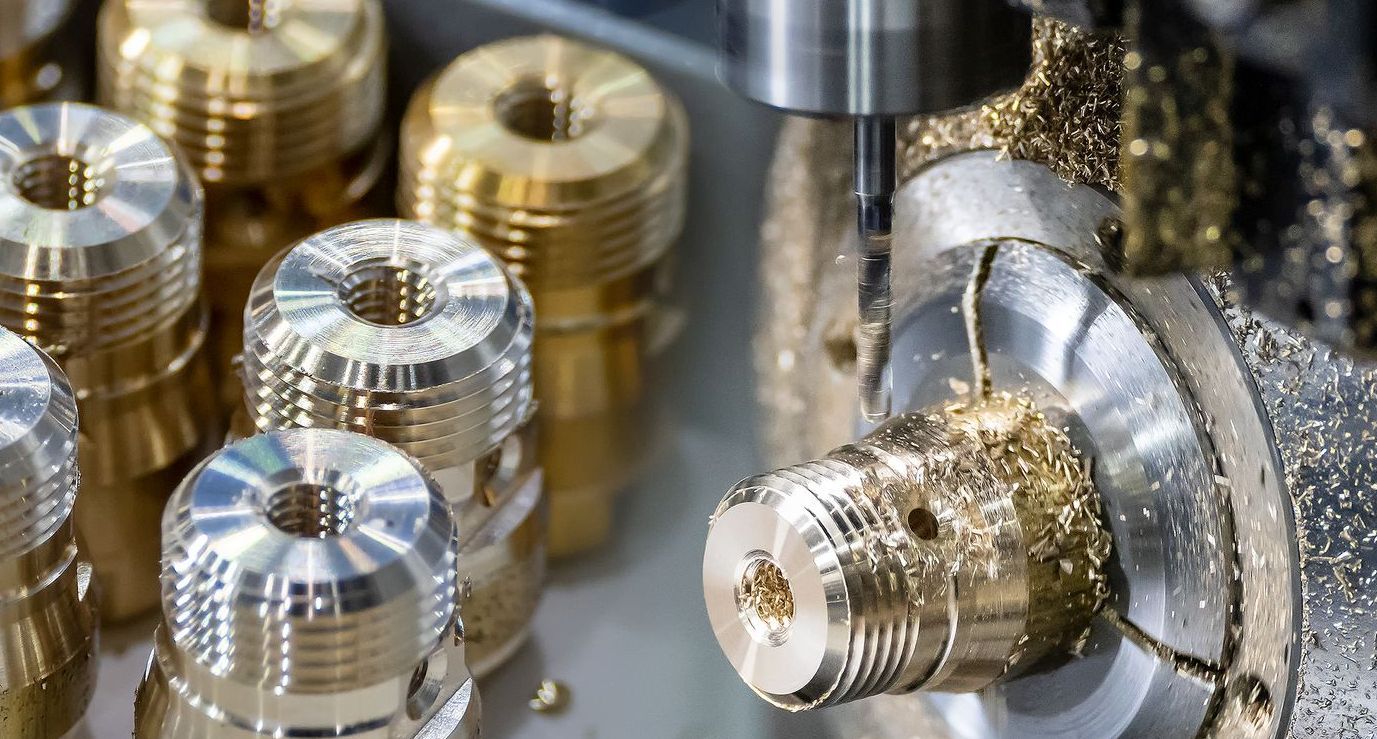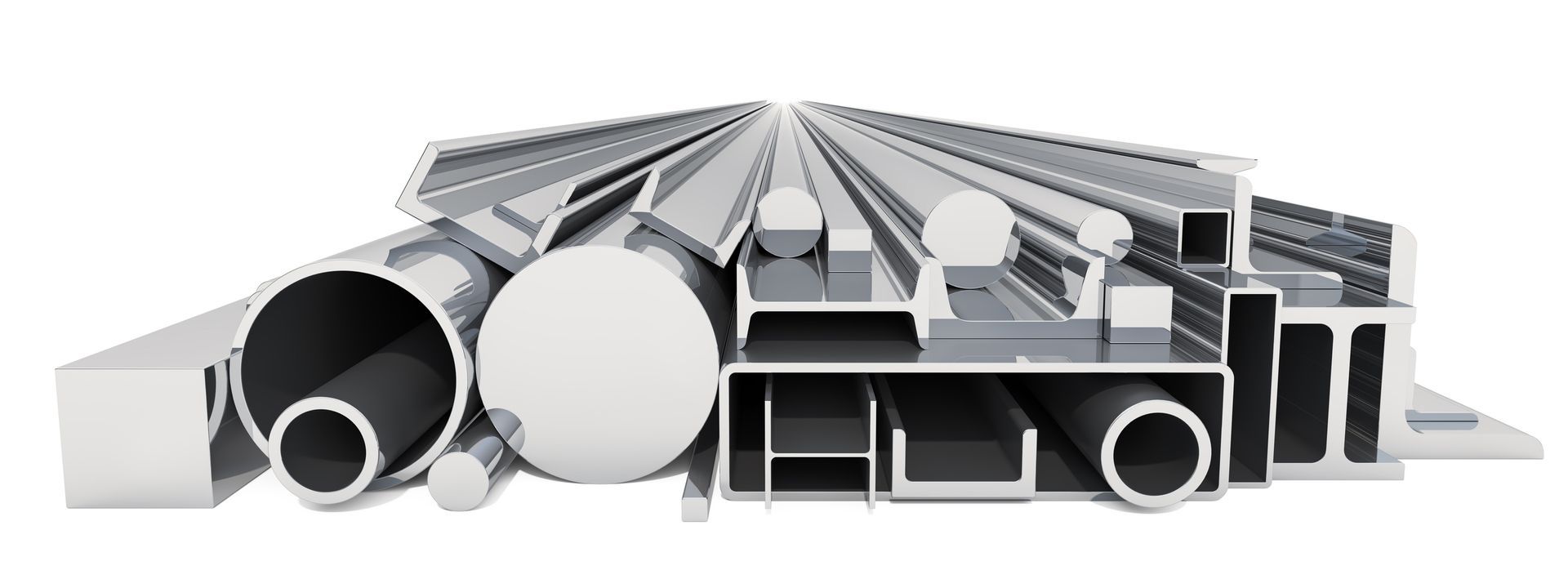Contact info
2030 Will Ross Court, Chamblee, GA 30341
404-334-7064
quotes@zyci.com
There are 3 main classes of screw threads

Understanding The Three Classes of Screw Threads: An In-Depth Guide
Let's dive into the fascinating world of screw threads. It's surprising how much can be hidden in the world of the seemingly ordinary screw threads, especially when it comes to the threads that form such a crucial part of a design. In this blog post, we will help you understand the three classes of screw threads and the roles they play in your design.
The classification of screw threads into classes is based on the tolerance and allowance specified. The three common classes of fit are 1, 2, and 3, with each class providing a range of allowances and tolerances to give different fits for various applications.
1. Class 1 Threads
The first class of screw threads is called Class 1. This class includes loose tolerance threads. The main advantage of class 1 threads is that they can be easily manufactured and assembled, even under less than ideal conditions. They are generally used where precision is not the primary concern, and some looseness in fit can be tolerated.
Applications of class 1 threads typically include those where easy assembly and disassembly are required, as in temporary structures or maintenance-heavy machinery. Due to their loose fit, they might not be ideal for situations that involve high vibrations as they could potentially loosen over time.
2. Class 2 Threads
Class 2 threads represent a middle ground in the thread classes. They are tighter than class 1 threads but looser than class 3. This class has medium tolerance and is the most common class used for general purposes. Class 2 threads offer a balance of ease of manufacturing and assembly with better performance in terms of resistance to vibrational loosening.
Applications for class 2 threads are vast and varied, including general machine parts, automotive parts, and more. If you take apart a device or piece of furniture, chances are you'll encounter plenty of class 2 threads.
3. Class 3 Threads
Class 3 threads have the tightest tolerance and provide a snug fit. This makes them more challenging to produce and assemble but also provides the best performance. The precise fit of class 3 threads makes them resistant to vibrational loosening and makes them ideal for high-stress and high-vibration environments. You'll find class 3 threads in applications where precision and safety are paramount, such as in aerospace applications, high-stress machinery, and precision instruments.
It is crucial for design engineers to understand the classes of threads choose the right class for their application.


